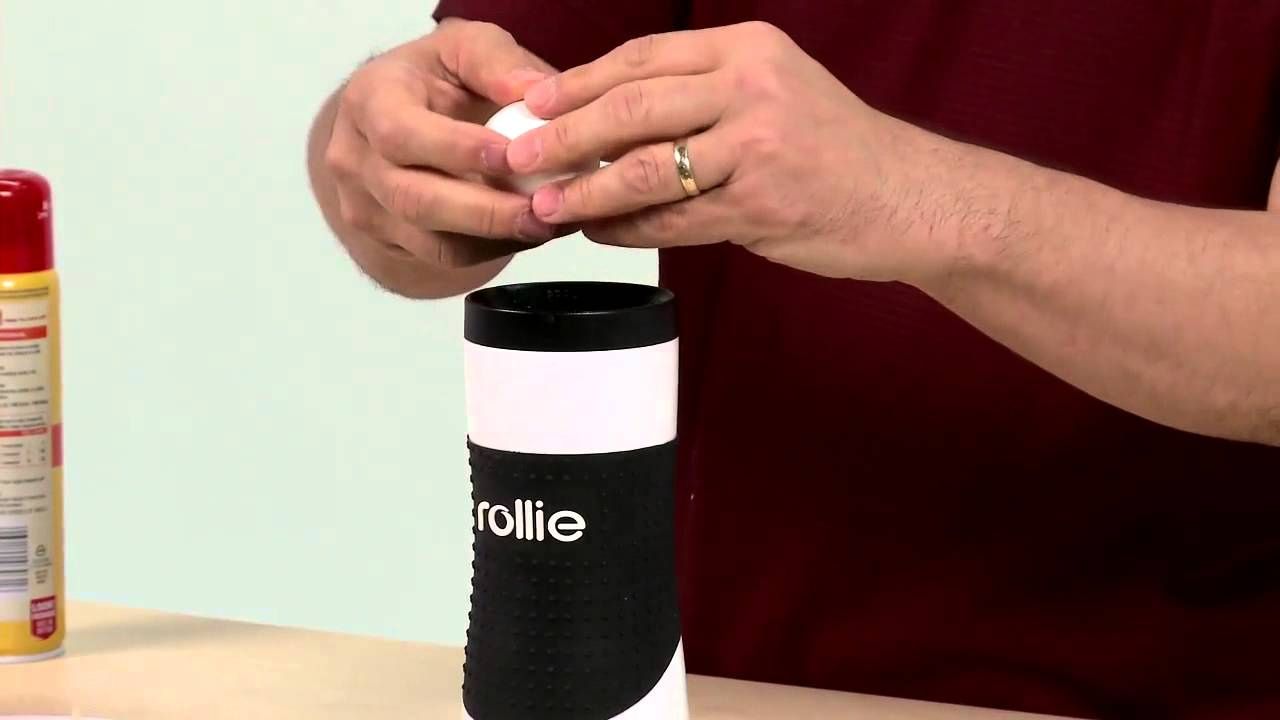
In the realm of kitchen gadgets, “As Seen On TV” products have long promised to revolutionize our culinary experiences. However, not all of these gadgets live up to their claims. Some have left consumers disappointed and frustrated, proving to be more trouble than they’re worth. Here, we explore five of the most notorious “As Seen On TV” kitchen appliances that failed to deliver on their promises.
The Infamous Eggstractor: A Misleading Miracle Product
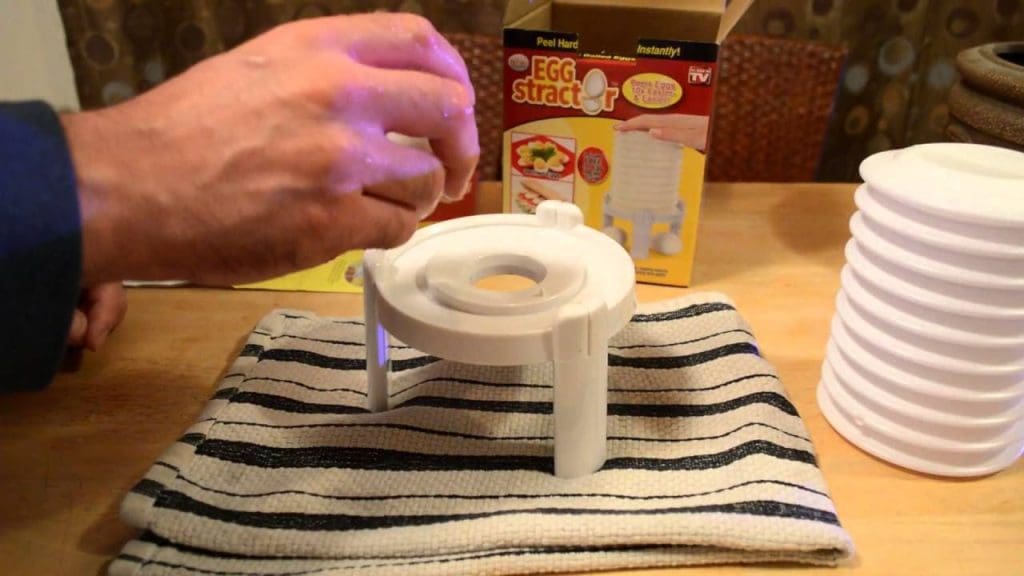
The Eggstractor was marketed as a revolutionary tool for peeling hard-boiled eggs effortlessly. The promise was simple: place an egg inside, press down, and voilà—perfectly peeled eggs. However, the reality was far from this ideal. Many users reported that the Eggstractor often left eggs shattered and unusable, turning a simple task into a messy ordeal. According to SlashGear, the product’s design flaws were evident, as the force required to operate it often resulted in crushed eggs rather than peeled ones.
Despite its initial appeal, the Eggstractor quickly became infamous for its inefficiency. Users found that traditional methods of peeling eggs were not only more reliable but also less time-consuming. The gadget’s failure to deliver on its core promise led to widespread disappointment, with many consumers feeling misled by its advertising. The Eggstractor serves as a cautionary tale about the importance of practicality over novelty in kitchen appliances.
Ultimately, the Eggstractor’s downfall was its inability to perform its primary function effectively. While it may have seemed like a clever innovation at first glance, its execution left much to be desired. This product highlights the gap that can exist between marketing hype and real-world performance, reminding consumers to approach “miracle” gadgets with a healthy dose of skepticism.
Adding to the Eggstractor’s woes, many users noted that the device’s plastic construction felt flimsy and prone to breaking under pressure. This lack of durability was a significant drawback, especially for a product that required forceful operation. Furthermore, the Eggstractor’s design did not accommodate eggs of varying sizes, leading to inconsistent results. As a result, consumers often found themselves with a pile of broken eggshells and wasted eggs, further compounding their frustration. The Eggstractor’s failure to account for these practical considerations underscores the importance of robust design in kitchen gadgets.
The Rollie EggMaster: A Vertical Cooking Disaster
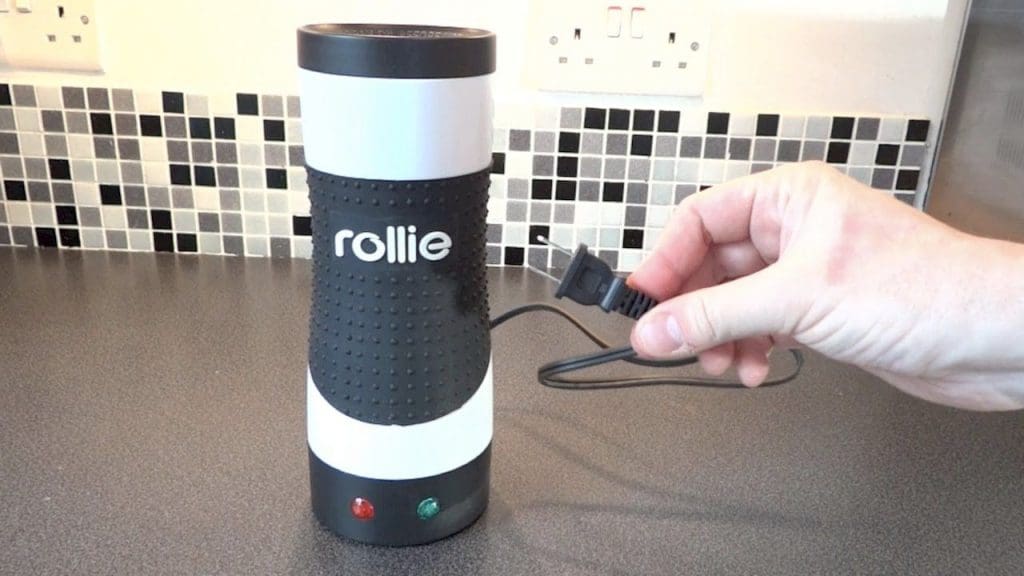
The Rollie EggMaster promised a unique and innovative way to cook eggs vertically. The concept was intriguing: pour eggs into the device, and they would cook into a cylindrical shape, perfect for breakfast on the go. However, the execution of this idea left much to be desired. According to SlashGear, users found the Rollie EggMaster’s performance inconsistent, with eggs often sticking to the sides or cooking unevenly.
Critics of the Rollie EggMaster noted that the results were often unappetizing, with eggs emerging in a rubbery texture that was far from the fluffy consistency most people desire. The device’s vertical cooking method, while novel, proved to be more of a gimmick than a practical solution for egg preparation. Many users found themselves reverting to traditional cooking methods, which offered more control and better results.
Despite its flashy marketing, the Rollie EggMaster failed to gain a loyal following. Its inability to consistently deliver quality results overshadowed any convenience it might have offered. This product exemplifies how innovation in kitchen gadgets must be backed by reliable performance to truly succeed in the marketplace.
Beyond its inconsistent cooking results, the Rollie EggMaster also faced criticism for its cumbersome cleaning process. The device’s narrow, cylindrical cooking chamber made it difficult to clean thoroughly, often leaving residue that could affect future cooking attempts. This added inconvenience detracted from the product’s appeal as a time-saving gadget. Additionally, the Rollie EggMaster’s limited functionality—primarily cooking eggs—meant it took up valuable kitchen space without offering versatile use. These factors contributed to its decline in popularity, as consumers sought more practical and multifunctional kitchen tools.
The Pasta Express: An Energy Guzzler in Disguise

The Pasta Express was introduced as a convenient solution for cooking pasta without the need for a stove. The idea was simple: add boiling water to the tube, and let the pasta cook within minutes. However, the product quickly gained a reputation for being one of the worst energy sappers in the kitchen. As reported by House Beautiful, the Pasta Express required significant amounts of hot water, making it an inefficient choice for energy-conscious consumers.
Users found that the Pasta Express’s energy consumption negated any convenience it might have offered. The need to boil water separately and then transfer it to the device added unnecessary steps to the cooking process. Additionally, the product’s inability to maintain consistent heat often resulted in unevenly cooked pasta, further diminishing its appeal.
In a world where energy efficiency is increasingly important, the Pasta Express stands out as a cautionary example of how convenience can sometimes come at a significant cost. Consumers looking to reduce their energy bills would be better served by sticking to traditional pasta cooking methods, which offer more control and efficiency.
Compounding its inefficiencies, the Pasta Express also struggled with issues of durability and practicality. Users reported that the plastic tube often warped or cracked after repeated exposure to boiling water, rendering the device unusable. This lack of longevity was a significant drawback for consumers seeking reliable kitchen solutions. Furthermore, the Pasta Express’s limited capacity meant it could only cook small portions at a time, making it impractical for families or larger gatherings. These shortcomings highlighted the device’s failure to meet the needs of everyday cooking, reinforcing the value of traditional methods.
The Bacon Boss: Failing to Deliver the Crispy Goods
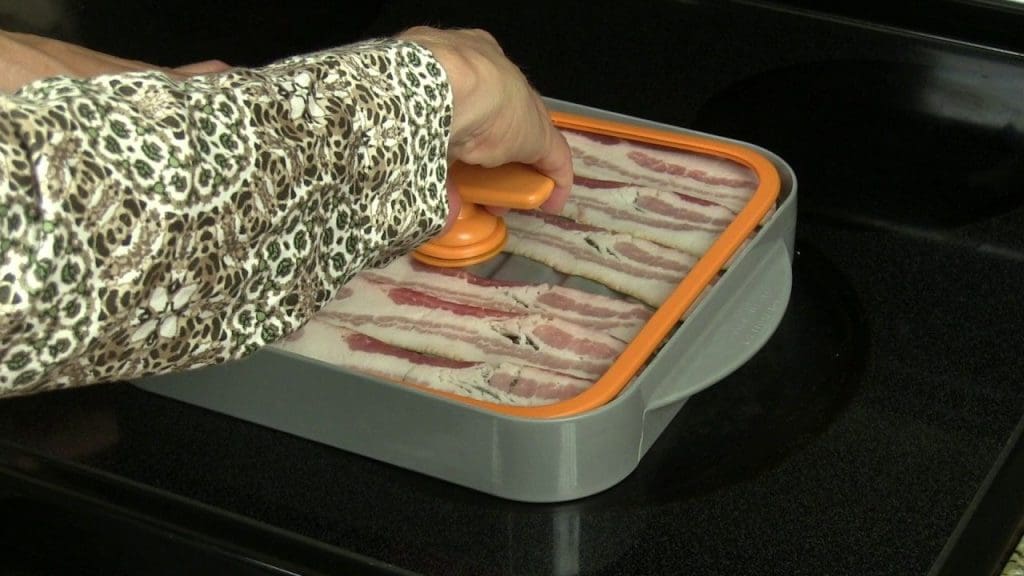
The Bacon Boss was marketed as a revolutionary way to cook crispy bacon in the microwave. The promise of perfectly cooked bacon without the mess of a frying pan was enticing to many. However, the reality of the Bacon Boss fell short of expectations. According to SlashGear, users often found that the device left bacon unevenly cooked and soggy, failing to deliver the crispy texture it promised.
The design of the Bacon Boss, which involved placing bacon strips in a microwave-safe container, did not account for the uneven heating patterns of most microwaves. As a result, users frequently encountered bacon that was overcooked in some areas and undercooked in others. This inconsistency made the Bacon Boss a frustrating tool for those seeking a quick and easy bacon fix.
Despite its initial appeal, the Bacon Boss ultimately proved to be more of a hassle than a help in the kitchen. Its inability to consistently deliver on its promise of crispy bacon left many consumers disappointed. This product serves as a reminder that even the most enticing kitchen gadgets must be able to perform reliably to earn a place in consumers’ kitchens.
In addition to its inconsistent cooking results, the Bacon Boss was also criticized for its cumbersome design. The device required users to carefully arrange bacon strips within a small, enclosed space, which often led to uneven cooking due to overlapping pieces. This design flaw not only affected the texture of the bacon but also made the device difficult to clean, as grease and residue accumulated in hard-to-reach areas. The Bacon Boss’s inability to simplify the bacon-cooking process ultimately led many consumers to abandon it in favor of more straightforward methods, such as traditional stovetop frying.
The Chill-O-Matic: Rapid Cooling, Rapid Disappointment
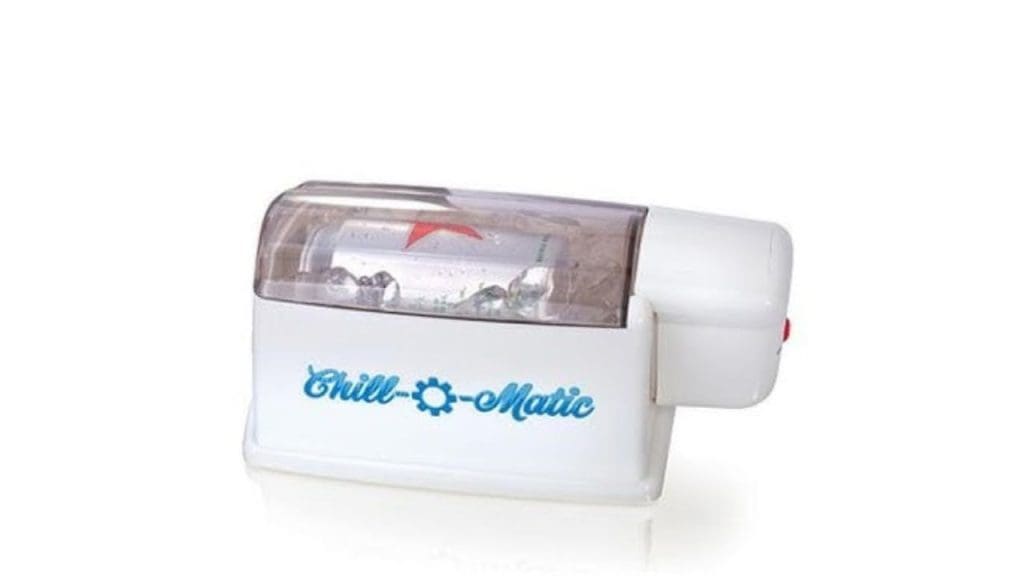
The Chill-O-Matic was designed to chill beverages in minutes, offering a quick solution for those in need of a cold drink fast. However, the product’s performance often left users disappointed. According to SlashGear, the Chill-O-Matic was criticized for its inefficiency and tendency to break easily, making it a less-than-reliable choice for beverage cooling.
Users reported that the Chill-O-Matic’s rapid cooling claims were often exaggerated, with beverages taking longer to chill than advertised. Additionally, the device’s build quality was frequently called into question, with many consumers experiencing mechanical failures after only a few uses. This lack of durability further diminished the product’s appeal, as users sought more reliable alternatives for their cooling needs.
In the end, the Chill-O-Matic’s inability to consistently deliver on its promises led to widespread disappointment. The product’s shortcomings highlight the importance of durability and reliability in kitchen gadgets, especially those that claim to offer quick and convenient solutions. Consumers looking for effective beverage cooling would be better served by more traditional methods or higher-quality appliances.
Further compounding the Chill-O-Matic’s issues was its limited capacity, which restricted users to cooling only one beverage at a time. This limitation was particularly problematic for gatherings or parties where multiple cold drinks were needed quickly. Additionally, the device’s reliance on batteries for operation added an ongoing cost and environmental concern, as frequent replacements were necessary to maintain its functionality. These factors, combined with its tendency to malfunction, made the Chill-O-Matic an impractical choice for those seeking a reliable beverage cooling solution.